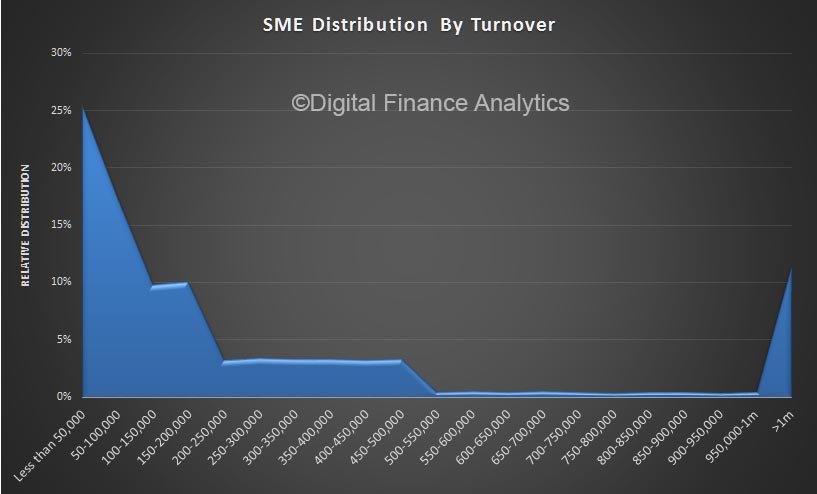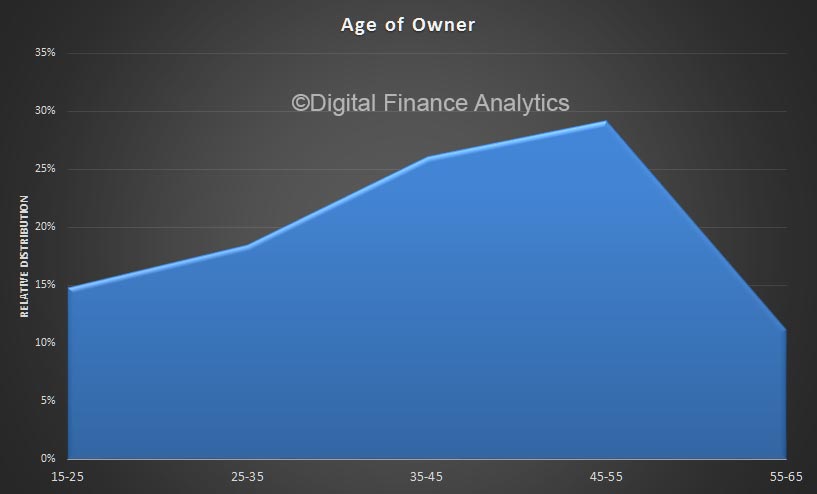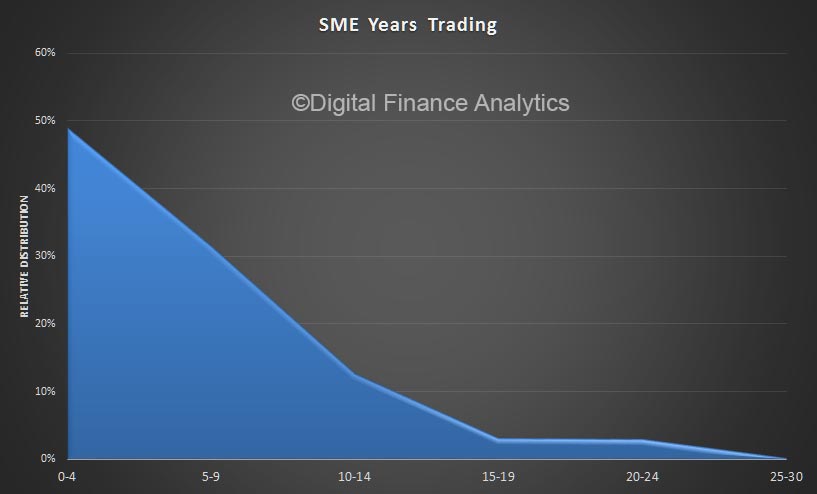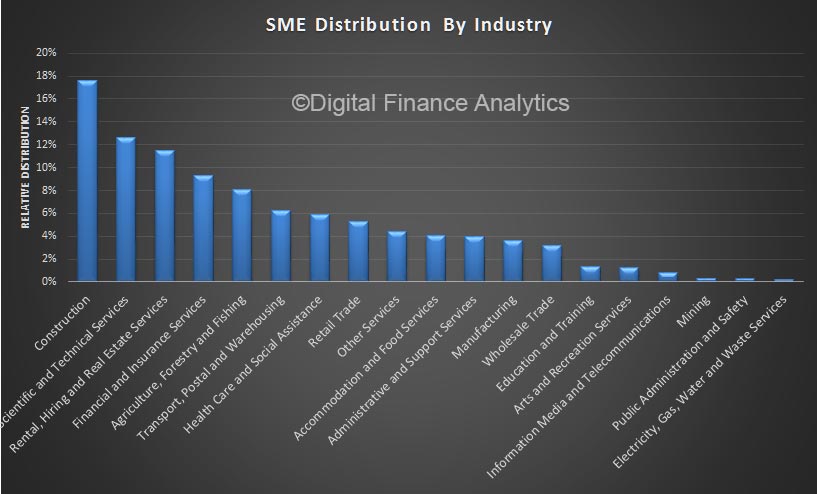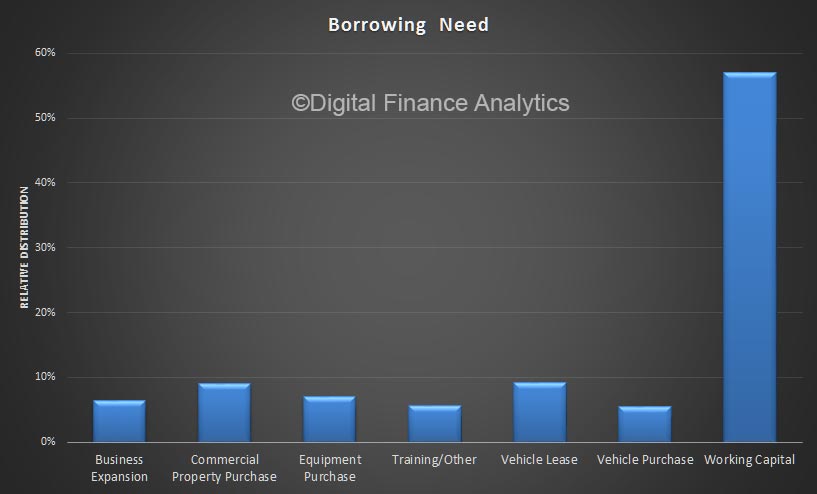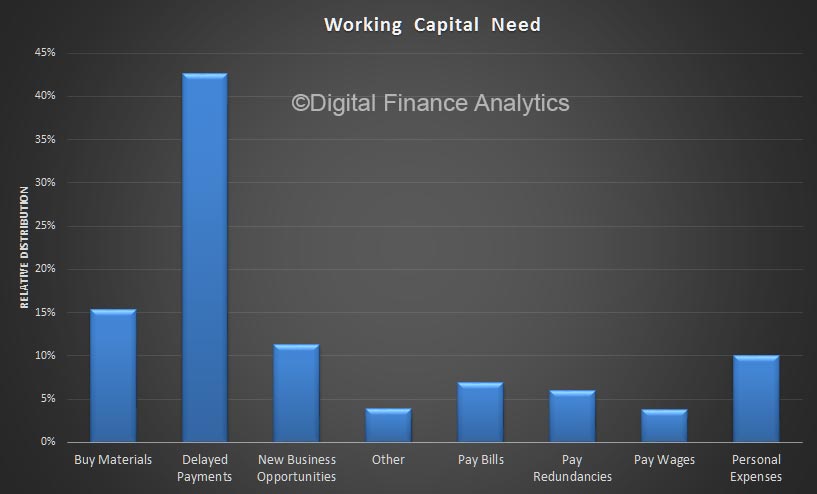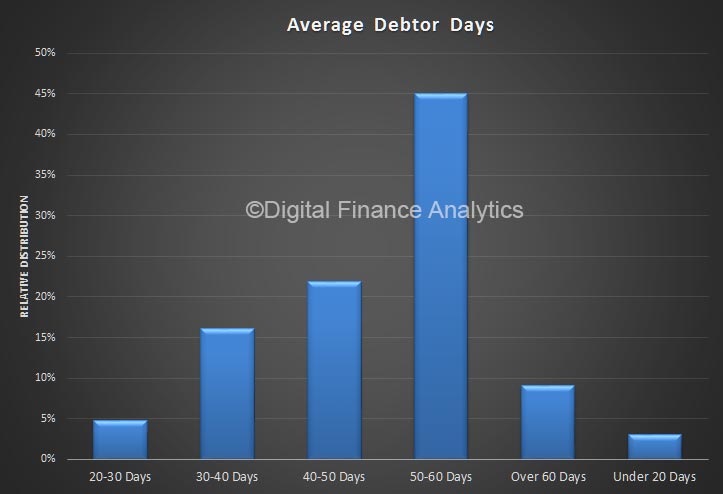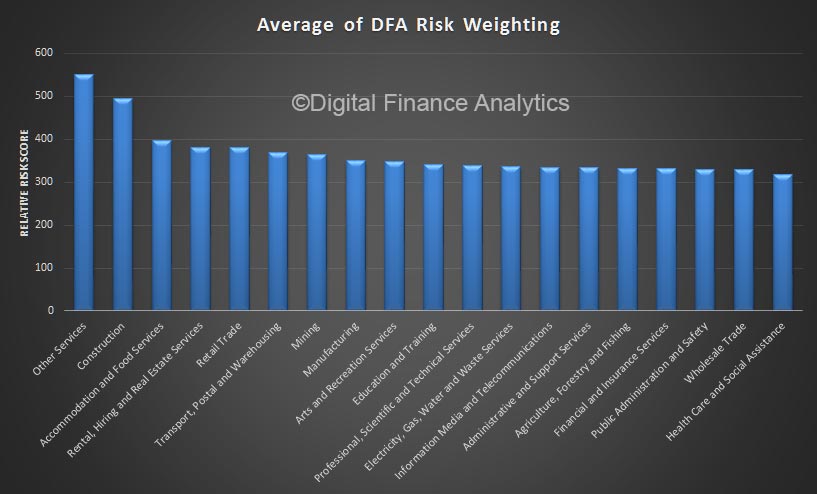A key issue raised by Small Business and Family Enterprise Ombudsman Kate Carnell in her Small Business Loan Inquiry has caused the major banks to amend their SME loan contracts.
During the inquiry, Carnell spoke of her concern around non-monetary default clauses such as financial indicator covenants which linked defaults to aspects such as loan-to-valuation ratios.
For loans below $5m, banks must not default a loan if the small business customer has complied with loan payment requirements and has acted lawfully, she said. She also pressed banks to remove conditions that allowed them to invoke financial covenants or catch-all ‘material adverse change’ clauses. These changes would have to be made by 1 July.
Commonwealth Bank of Australia
The Commonwealth Bank of Australia (CBA) has said it will amend its small business lending contracts to address the issues raised by Carnell.
“We are simplifying our small business loan terms and conditions to make it easier for our customers. For almost all of our small business loans, financial indicator covenants will no longer be included in loan contracts and therefore will no longer be a possible cause of default,” said CBA business and private banking group executive, Adam Bennett.
“Even though we very rarely used these covenants as a reason to foreclose a loan, this means that we will be removing all references to them in our small business loan contracts where our exposure to the customer is below a value of $3m. We are doing this for all new and existing qualifying customers to provide greater transparency and certainty for small business.”
These changes will affect 95% of CBA’s small business customers and will advise all affected existing customers of the amended contracts.
Australia & New Zealand Banking Group
The Australia & New Zealand Banking Group (ANZ) has also reaffirmed its commitment to these changes especially around small business lending contracts.
“As we outlined before the Parliamentary Committee last month, ANZ will implement all 11 banking recommendations. This includes simplified contracts for new loans to small business customers being those with total business lending of less than $3m,” said ANZ general manager of small business banking Kate Gibson.
There will be no more financial indicator covenants for over 95% of the bank’s small business customers, she said. These conditions will remain in place for borrowers seeking complex business lending products.
“We are simplifying the contracts for our small business customers to make it easier for them to understand their loan terms, so they can be clear up front about their obligations for the life of their loan. We are working to implement all these changes by the end of the year.”
ANZ’s new contracts will also remove all general material adverse clauses while clearly outlining the reduced number of specific event clauses which could result in bank enforcement action if a breach occurs.
National Australia Bank
National Australia Bank (NAB) has also stepped up to say it will follow Carnell’s recommendations around SME lending.
The bank will remove all non-monetary covenants on loans for new and existing small business customers with total lending of less than $3m. This will improve transparency for 98% of all the bank’s customers.
NAB has also promised to rewrite its small business contracts in plain English by the end of the year.
“We’ve been working constructively with the industry to address concerns raised in the Small Business and Family Enterprise Ombudsman Kate Carnell’s Small Business Loans Inquiry report. We are proud to be helping lead the charge on this – including taking measures beyond the Ombudsman’s recommendation, by applying the measures to all new and existing loans,” said NAB executive manager of business direct and small business Leigh O’Neill.
The threshold of $3m is just right as it benefits the vast major of the bank’s business customers, she added, as loans above this amount are more complex and require a greater level of management.



